The best Roku TVs in 2025: Expert tested and reviewed
The best Roku TVs combine a powerful, easy streaming experience with a quality picture
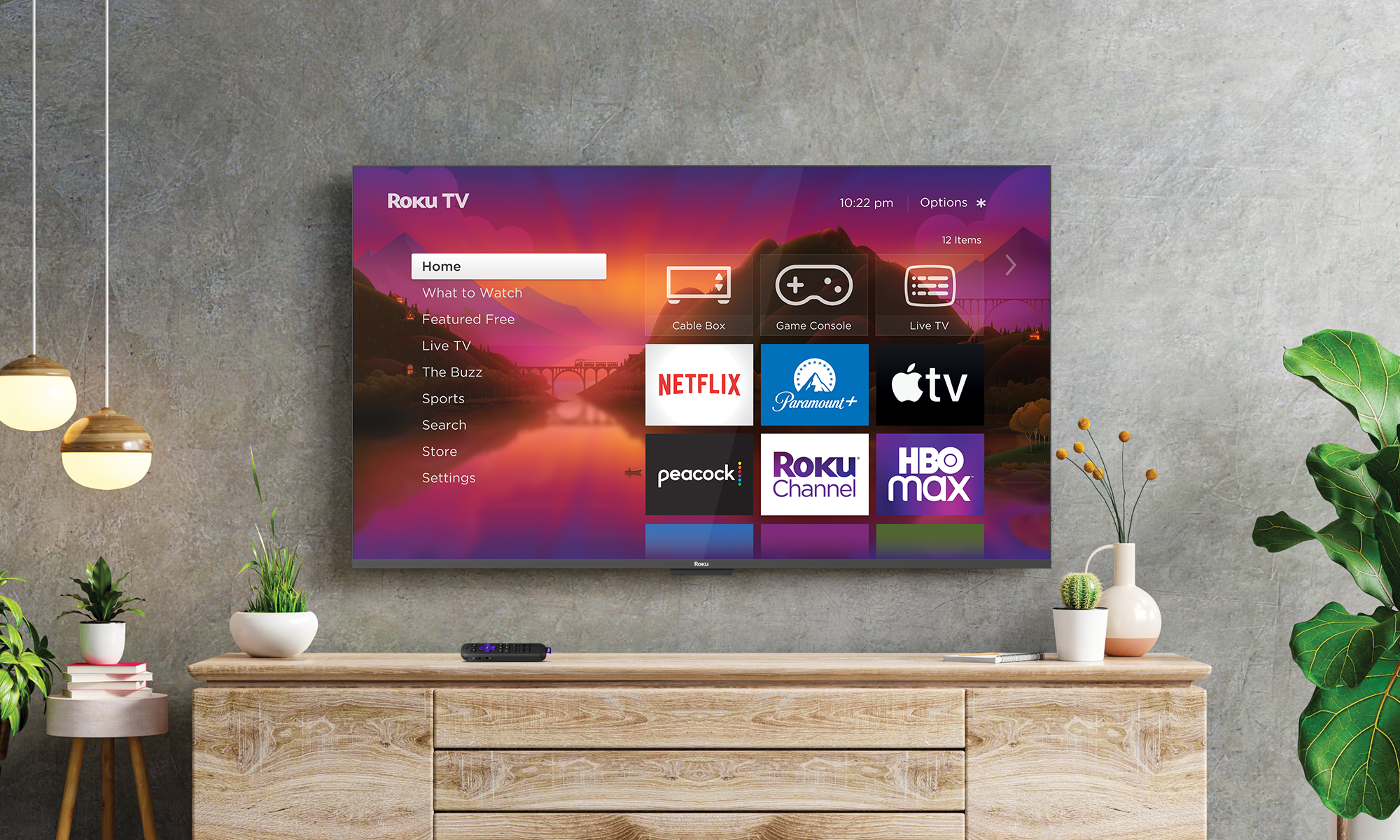
Best Roku TVs TL;DR
If you want a smart TV with Roku's operating system baked into the TV, instead of options from brands like Samsung and LG, then the Roku Pro Series Mini-LED TV is your top option. It works just as well for gaming as streaming, and is tremendous value.
The best Roku TVs offer great performance at reasonable prices. As one of the most beloved and streamlined interfaces, Roku is the perfect upgrade whether you're looking for a new TV or streaming device.
Roku doesn't offer the most extensive list of models like other TV manufacturers, but it refreshed its lineup in 2025. This gave popular TVs several enhancements, such as the Roku Plus Series TV, which was upgraded with Mini-LED backlighting.
The Plus series is one of our favorite budget models to buy right now, offering great color volume and improved brightness. However, the absolute best Roku TV is the Roku Pro Series, a serious gaming display built on value.
Unfortunately, Roku doesn't offer any OLED TVs yet, but you can get something like the Roku Ultra, which is my favorite streaming device. It's built with many of the most advanced features, including HDR10+ and Dolby Vision support, plus it comes with Roku's advanced remote.
Check our full list of the best Roku TVs below to get yourself in on the Roku ecosystem.
The quick list
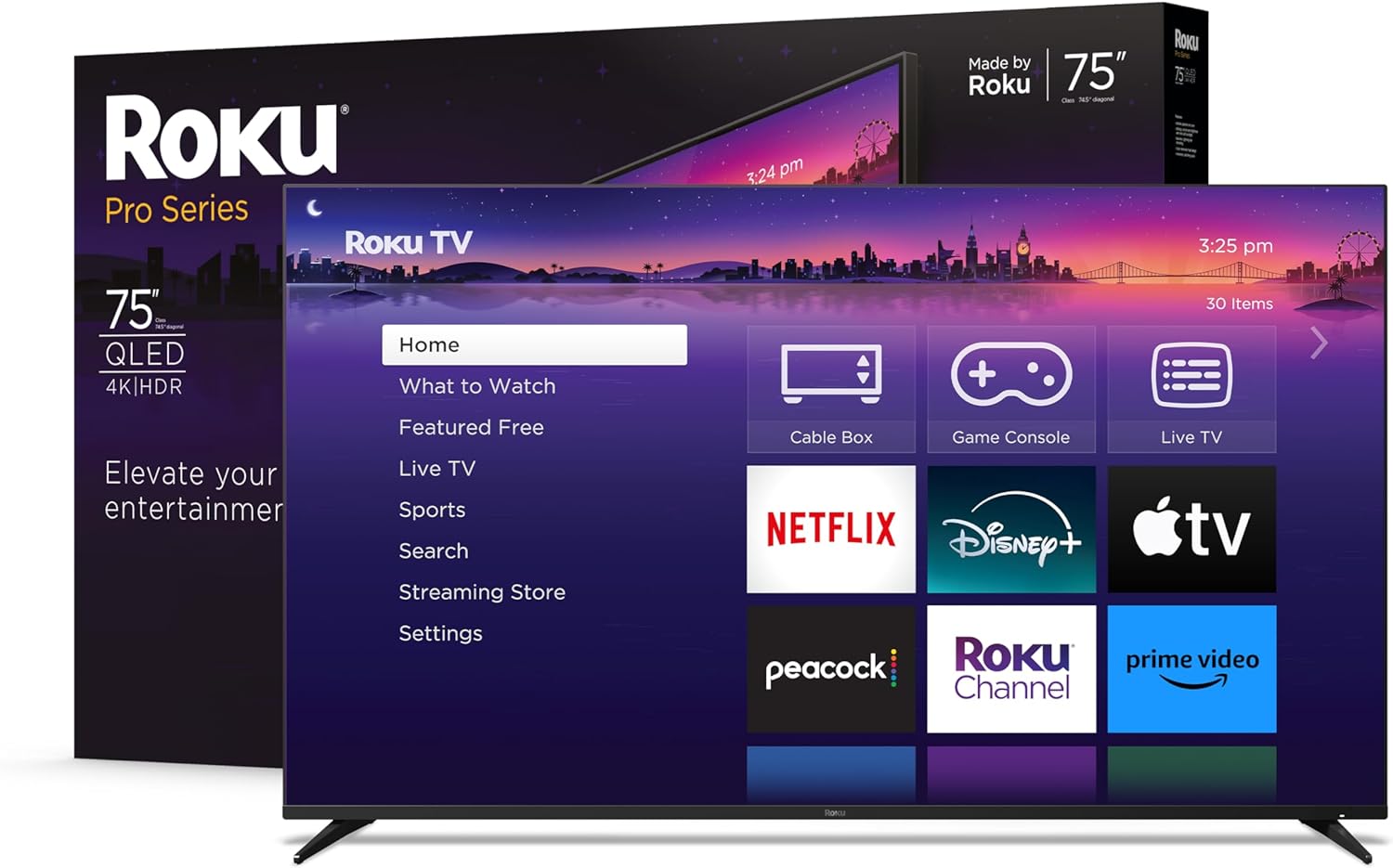
Picture ★★★★☆
Features ★★★★☆
Value ★★★★☆
The Roku Pro Series, with its Mini-LED backlighting, terrific picture quality, and solid selection of gaming features, remains the best Roku TV you can buy. It's just under $600 for the 65-inch size, making it a solid 120Hz gaming TV.
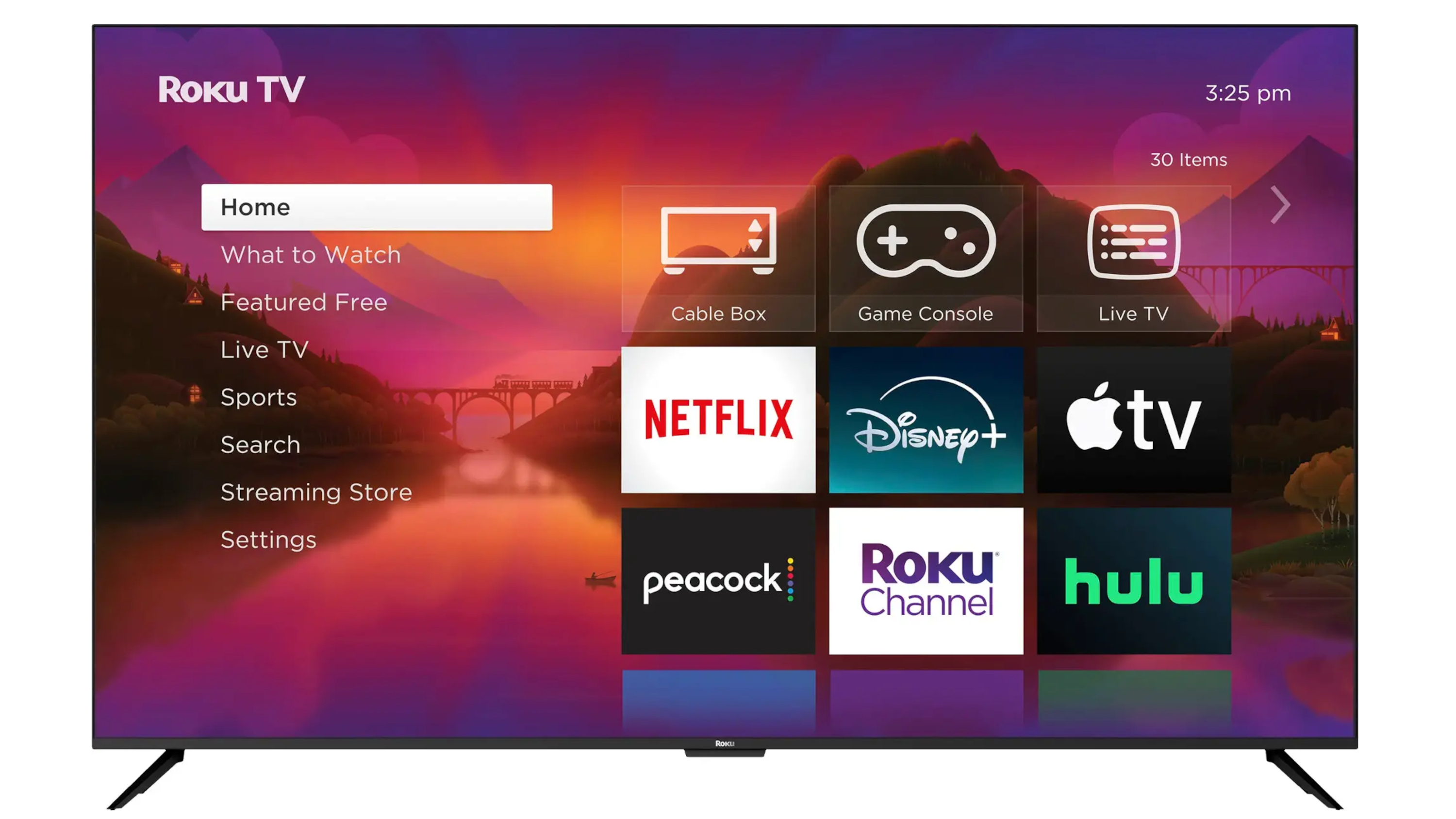
Picture ★★★☆☆
Features ★★★★☆
Value ★★★★★
The Roku Plus Series launched in 2023, but was refreshed with Mini-LED backlighting in 2025. It has a 60Hz refresh rate and serves as a fuss-free Roku TV for fans of excellent HDR performance and the Roku interface.
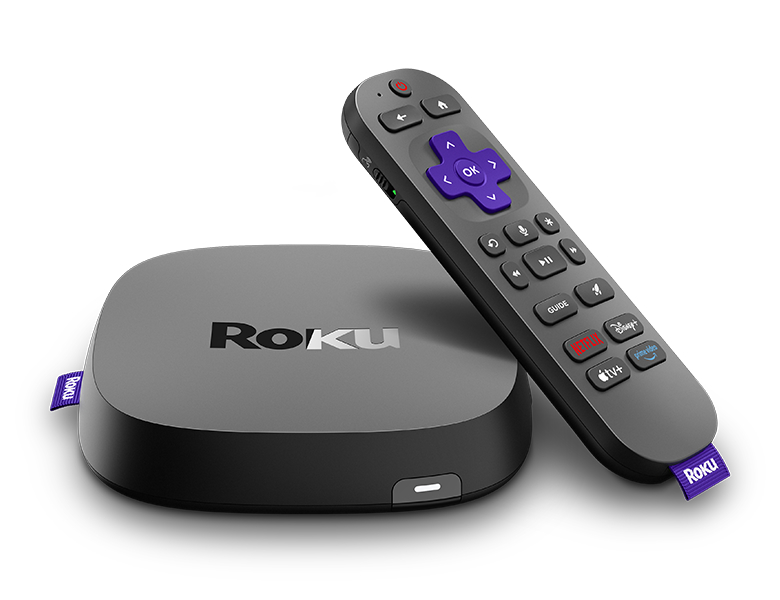
Picture ★★★☆☆
Features ★★★★☆
Value ★★★★★
The Roku Ultra (2024) is the best way to put Roku on any TV. If you're looking to get Roku's ease-of-use on an OLED screen, this is what you should buy. It also makes for a great travel companion if you want to bring your streaming services with you on trips.
Best Roku TVs available right now
Why you can trust Tom's Guide
Best Roku TV overall
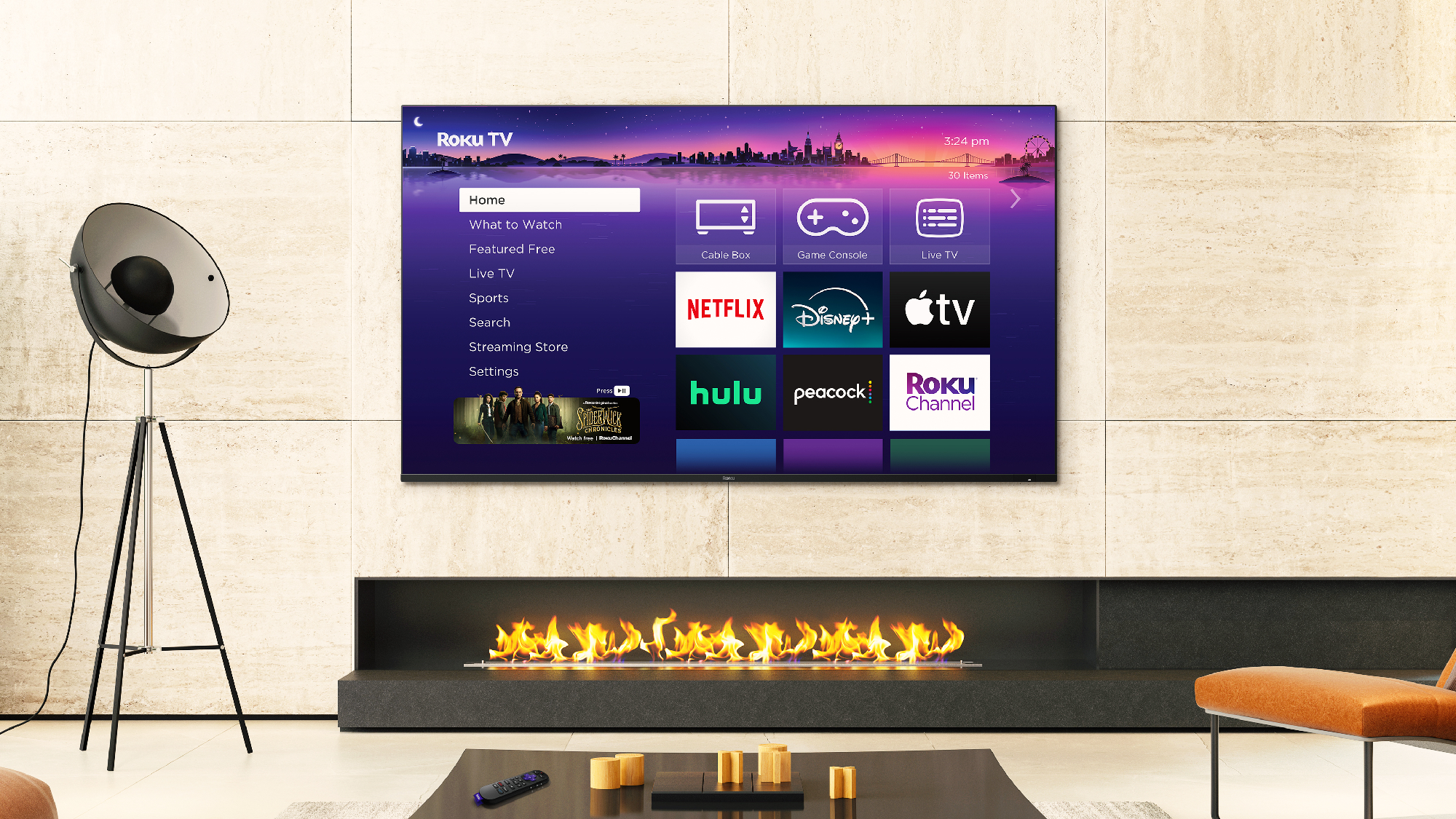

Specifications
Reasons to buy
Reasons to avoid
As Mini-LED TVs go, the Roku Pro Series is a great option for folks seeking a more affordable, user-friendly TV with some strong performance benefits. Released this year, it's our pick for the best Roku TV you can buy.
In addition to the Roku operating system, it comes with plenty of A/V and gaming-related features for the price: a 120Hz refresh rate, FreeSync Premium support, and more. It's no high-end OLED TV, but it offers just enough wiggle room in terms of specs at an unbeatable price. (Right now, you can get a 55-inch Roku Pro Series for about $700).
Mini-LED TVs are making waves as some of the best TVs due to their bright performance and local dimming capabilities. The Pro Series is no different. We clocked its peak brightness at 1,355 nits in Filmmaker, which means highlights (small, concentrated bits of brightness) look just as good in whatever the environment your home cinema is situated in.
The Pro Series does have some narrow viewing angles, and it's limited to just two HDMI 2.1 ports. This would be a bigger problem if the Pro Series had a 144Hz refresh rate, but with just 120Hz to work with, the TV is most appealing for console gamers.
Every HDR format is supported on this display, including Dolby Vision, HDR10+, and HLG. As the tester and reviewer of the Pro Series, I can attest to the Pro Series' gorgeous HDR performance, as highlights really popped in newer shows like "Ripley" and "The Penguin."
A notable sacrifice is its rather poor audio system, which is true on plenty of options, even among the best TVs. Adding to its drawbacks is its reflective screen, which can present problems in more ambient-lit rooms.
Despite these issues, the Roku Pro Series is the newest and best Roku TV you can buy right now.
Read our full Roku Pro Series Mini-LED TV review.
The best budget Roku TV
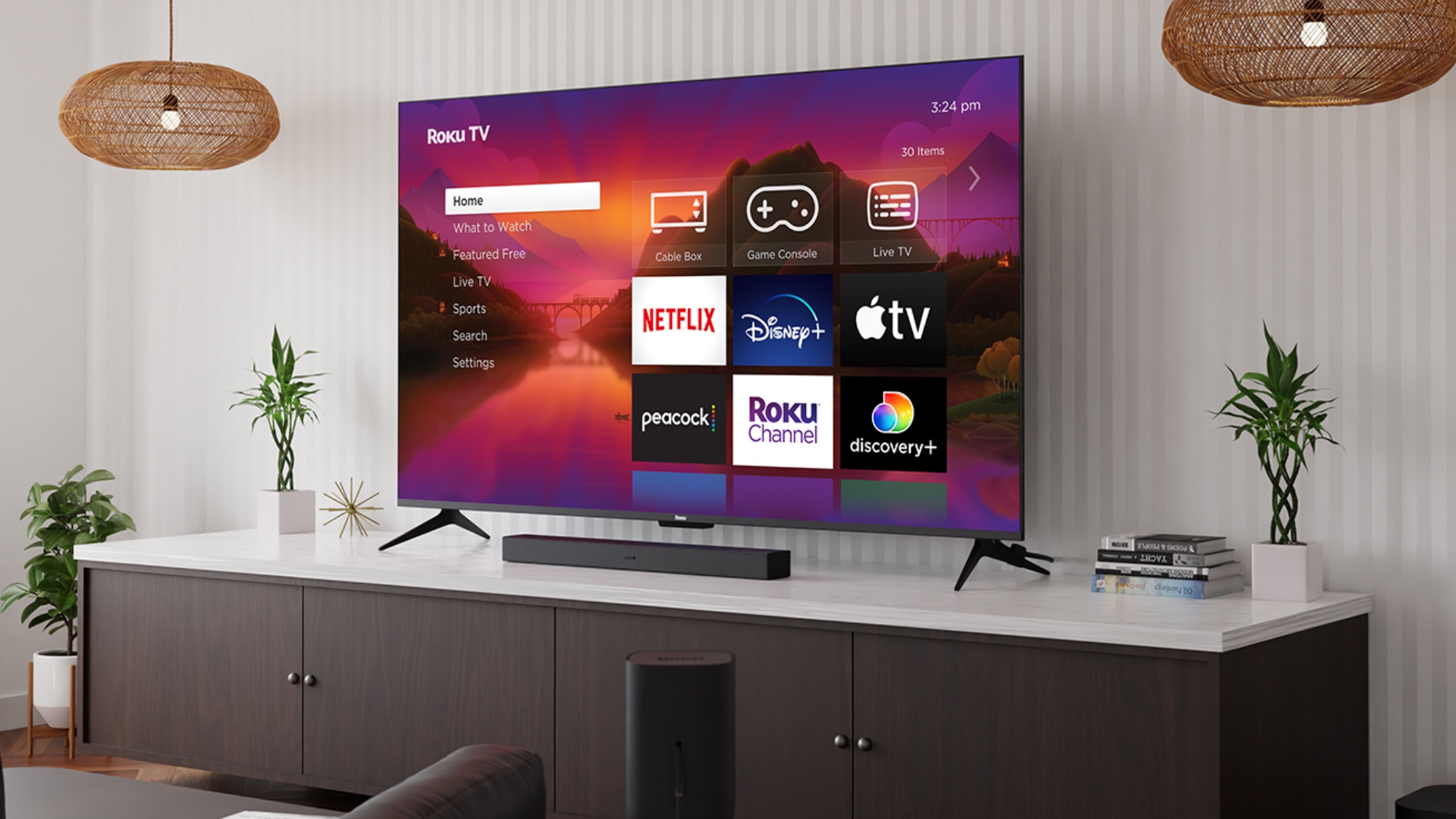

Specifications
Reasons to buy
Reasons to avoid
The Roku Plus Series scored high marks for a basic, entry-level budget TV when we first evaluated it, but due to the fact that it's n lower-end model from last year, it has settled into the second slot on our list of best Roku TVs.
Unlike the Pro Series, the Roku Plus Series adopts a direct-LED display rather than a Mini-LED display.. That nets you a 60Hz panel with full-array local dimming and a range of HDR support, including Dolby Vision and HDR10+. The local dimming is especially nice to have at this price point, as it allows for better contrast control.
On the HDR front, we raved about its HDR color, which is quite good for this price point. And, while most TVs fall flat in the audio department (including the higher-end Pro Series model), the Plus Series does quite well. We were seriously impressed with this TV's built-in speakers, particularly for an entry-level model.
Its biggest drawback? The Plus Series doesn't have any HDMI 2.1 ports, which doesn't make it ideal for gaming. In fact, it has just two HDMI 2.0 ports (one rated for eARC compatibility), meaning you'll probably just have one input for external devices if you're going the soundbar route. If your living room is particularly sunny, I recommend springing for the Roku Pro Series, as it's far brighter than this model from last year.
Read our full Roku Plus Series 4K QLED TV review.
Best Roku TV alternative
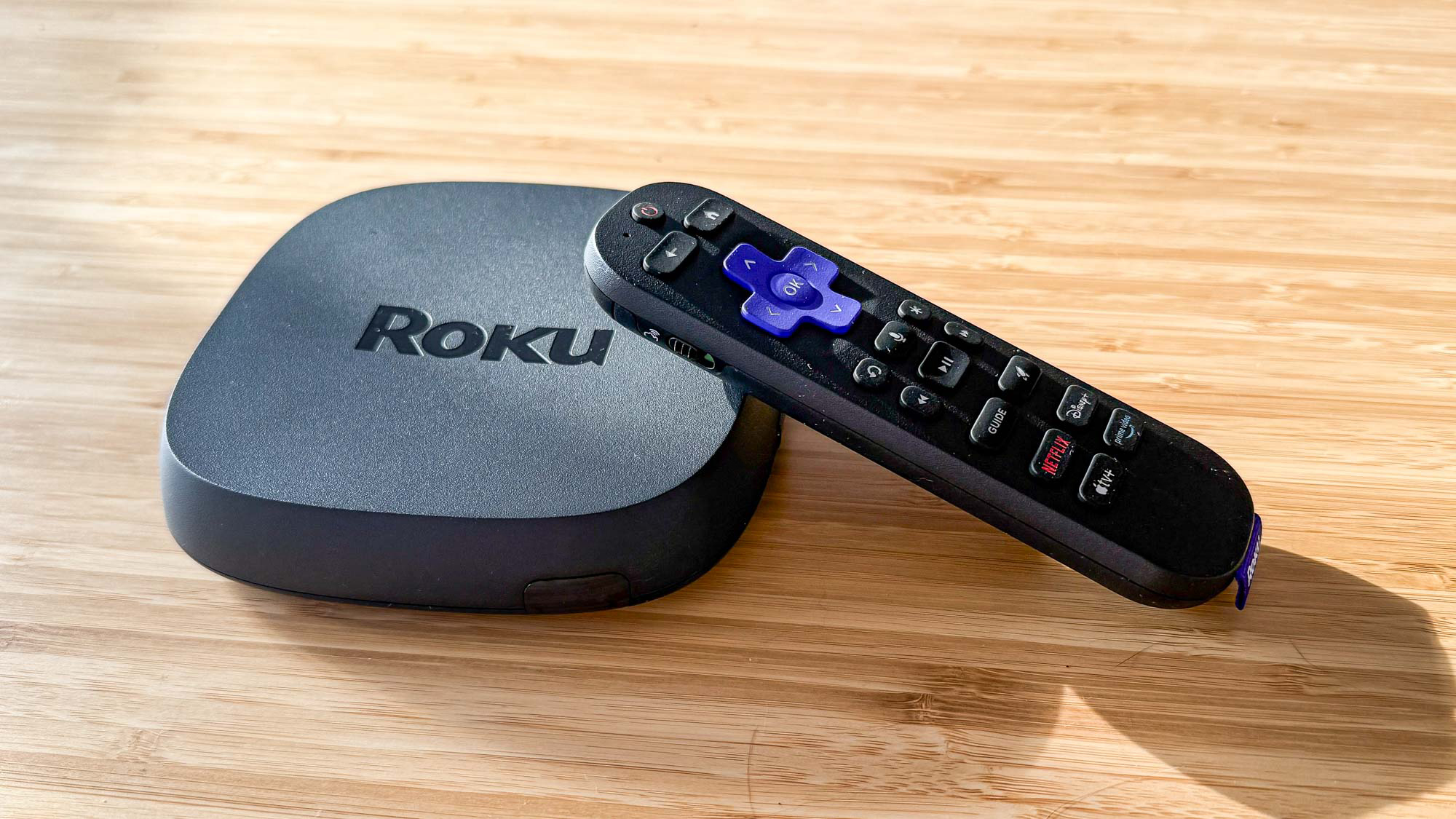
Specifications
Reasons to buy
Reasons to avoid
The Roku Ultra might not be a display, but it does offer the power of Roku's awesome interface in the palm of your hand. Essentially, that means it can turn any TV into a Roku TV — all for just under $100.
Roku just launched a brand new refresh of the Ultra in 2024 that sports some quality of life improvements and major upgrades over its 2020 edition. The form comes in a slightly slimmer build, weighing just 5.9 ounces. Despite its size, the Ultra has support for up to 4K HDR TVs with Dolby Vision at 60fps, as well as HDR10, HDR10+, and HLG.
And Roku's juiced up the networking to make the Roku Ultra (2024) a smart home platform all its own. It now leverages up to 100mbps via Ethernet and Wi-Fi 6. That's huge for those specifically dedicated to the Roku ecosystem, as you can now control your Roku lights, security cameras, and smart plugs from your TV.
Roku even tossed in Dolby Atmos support, so you can still experience surround sound, as long as the connected display supports it. The box includes the second-generation Roku Voice Remote Pro, and you even get a high-speed HDMI cable that few others provide. It's perfect for on-the-go Roku TV enjoyers or those who just like the platform but want it baked into an OLED TV, like the Sansui OLED perhaps?
Read our full Roku Ultra (2024) review.
What is Roku?
The Roku name applies to both smart TVs using the Roku operating system, as well as a range of standalone streaming devices, such as the Roku Streaming Stick Plus. (Check out the best Roku devices for our favorites.) While smart TVs using Roku software are all manufactured by other companies, the streaming devices are made by Roku itself. But the thing they have in common across both TVs and streaming sticks is that they all use the same Roku interface and app store.
We've been big fans of Roku for years, as it emerged early on as a full-featured smart TV platform that wasn't tied to a specific manufacturer. We also appreciate the ease of use that Roku offers, with a simple interface that lays out all of your apps in a basic tiled layout. When so many smart TVs rely on crowded menus with multiple rows of scrolling apps and shows, Roku keeps things simple and offers easy customization.
We also like that Roku offers such a wide range of content and apps, which Roku calls "channels", just to make traditional TV users a little more comfortable. This includes major streaming services such as Netflix, Hulu, Apple TV, Disney Plus and HBO Max. (See our collection of the best Roku Channels to learn more.)
It also includes dozens, if not hundreds, of smaller independent streaming services. This includes everything from local channels offering a streaming app for news and weather to genre-specific channels that serve up a steady flow of public domain movie classics, ranging from westerns to horror films.
There are also plenty of free services, such as Pluto TV, Tubi and PBS Kids, not to mention The Roku Channel, Roku's own ad-supported streaming service. (Find out more in our roundup of the best free channels on Roku.)
When to expect new Roku TVs?
Roku announced a new slate of TVs and devices in April 2025. The new lineup was later launched in June 2025, bringing to market a refreshed Roku Pro, Plus, and Select series of TVs. A spate of other streaming devices also hit store shelves on May 6, which included the Roku Streaming Stick Plus and Roku Streaming Stick HD.
The Roku Pro TV will carry over from last year, retaining its Mini-LED backlighting with minor picture performance enhancements via AI upgrades. The Roku Plus received upgraded Mini-LED backlighting, which is a huge step-up from its predecessor, which initially launched in 2023.
The best Roku TV will most likely remain the same, given the price-to-performance ratio offered by the Roku Pro Series. But, the Roku Select TV could be an exceptional value thanks to its improved did get a sneak peek at a press event and am thoroughly impressed with its performance. There are still some problems with glare, but that's to be expected with Mini-LED LCD TVs.
Roku will also be putting the Roku interface on several projectors in the near future. That's a huge win for fans of the best projectors, but we might have to wait a bit to see where such devices might land among the best Roku TVs.
As it stands the list will remain somewhat the same until we can get the new Pro and Plus Series TVs in for official testing, but even the Select being brought up in the range is a big deal for budget TV fans. Roku's prized interface will remain strong for some time.
How much do Roku TVs cost?
You can find Roku TV sets on our lists of the best TVs under $500 and the best TVs under $1,000, with models ranging from budget-friendly to premium home theater systems. When it comes to budget TVs, we find the sweet spot to be $600 and $1,000. In this price range you will find excellent performance with features like QLED displays, support for Dolby Vision HDR and Dolby Atmos sound, and all of the apps you want.
More expensive models will give you a few fine touches and features for the money (see: Roku Pro Series) but the overall experience will still be quite similar.
If you decide to go with a Roku TV from Westinghouse or Onn to save some money, you'll have to make some big sacrifices, such as stepping down to 1080p or 720p resolution, settling for smaller screen sizes, or giving up features like voice search.
How to choose the best Roku TV for you
When it comes to buying the best Roku TVs, our general advice for TV shopping holds true: Find the right screen size for your space, figure out what your budget is, and be smart with where you try to save a buck.
Always go 4K: Lower-resolution TVs may be tempting with super low prices, but you'll definitely see the difference on a 4K TV, and that quality is worth paying more for. And the latest 8K Roku TV from TCL may look tempting, but we still recommend holding off on 8K until you can actually get movies and shows that use the higher resolution. (Update: TCL has announced the first 8K streaming service, exclusive to TCL's 8K Roku TVs, but we still don't think it's enough to warrant you buying one.)
HDR support: For the best picture, we recommend getting a set that offers high dynamic range (HDR) support. HDR10 is the base standard, while Dolby Vision is a higher-caliber format, and we recommend opting for Dolby Vision support when you have the choice.
Port selection: Connectivity is another chief concern. More HDMI ports will let you connect more devices, like game consoles and satellite boxes. And if you have a soundbar, you'll want to connect it using an HDMI port with ARC.
From smart functions to port selection, we offer plenty of advice in our TV buying guide, which explains the ins and outs of features like HDR, different types of display, and even extended warranties. And if you still have questions about smart TV features and capabilities, check out Smart TVs: Everything you need to know.
And by shopping for a Roku set in particular, you guarantee that you are able to enjoy the best of streaming services and an easy-to-use smart TV interface.
How we test Roku TVs
Evaluating Roku TVs is about more than just kicking back to watch a movie. That's why every TV we review is put through a rigorous testing process that measures key standards of picture quality and performance.
Every TV we test in our lab has its color gamut, color accuracy and brightness measured to objectively see which sets are the best for these aspects. We also test its input latency – a key detail for gaming – measuring to the millisecond how long it takes an image to travel from an HDMI source to the screen. We use these results to make numbers-based comparisons about color and display quality.
On top of our lab testing, we also spend time with each set for real-world evaluation using the most popular movies and TV shows to see how our lab results translate for day-to-day use. We also compare sets side by side and view samples from the latest movies, specialized test patterns that highlight strengths and weaknesses of each display, and a range of content across several sources. With that information, we can tell you which Roku TVs look best, sound best and offer the best viewing experience.
Test results
Below you'll find a comparison of these two Roku TVs' performance across four important categories: HDR peak brightness (represented in nits), color error (in Delta-E), HDR color volume (using the BT2020 gamut), and input lag (in milliseconds).
TV | Peak Brightness (tested) | Delta-E (tested) | BT2020 Color Volume (tested) | Input Lag (tested) |
Roku Pro Series | 1,532 nits | 3.9 | 81.06% | 9.4ms |
Roku Plus Series | 648 nits | 2.6 | 80.54% | 11.5ms |
As you can say, the Roku Pro Series gets significantly brighter than last year's Roku Plus Series. Both TVs offer fantastic color volume for their respective prices, however, and feature fantastic out-of-the-box color accuracy.
Get instant access to breaking news, the hottest reviews, great deals and helpful tips.

Michael Desjardin is a Senior Editor for TVs at Tom's Guide. He's been testing and tinkering with TVs professionally for over a decade, previously for Reviewed and USA Today. Michael graduated from Emerson College where he studied media production and screenwriting. He loves cooking, zoning out to ambient music, and getting way too invested in the Red Sox. He considers himself living proof that TV doesn't necessarily rot your brain.
- Nick PinoManaging Editor, TV and AV
